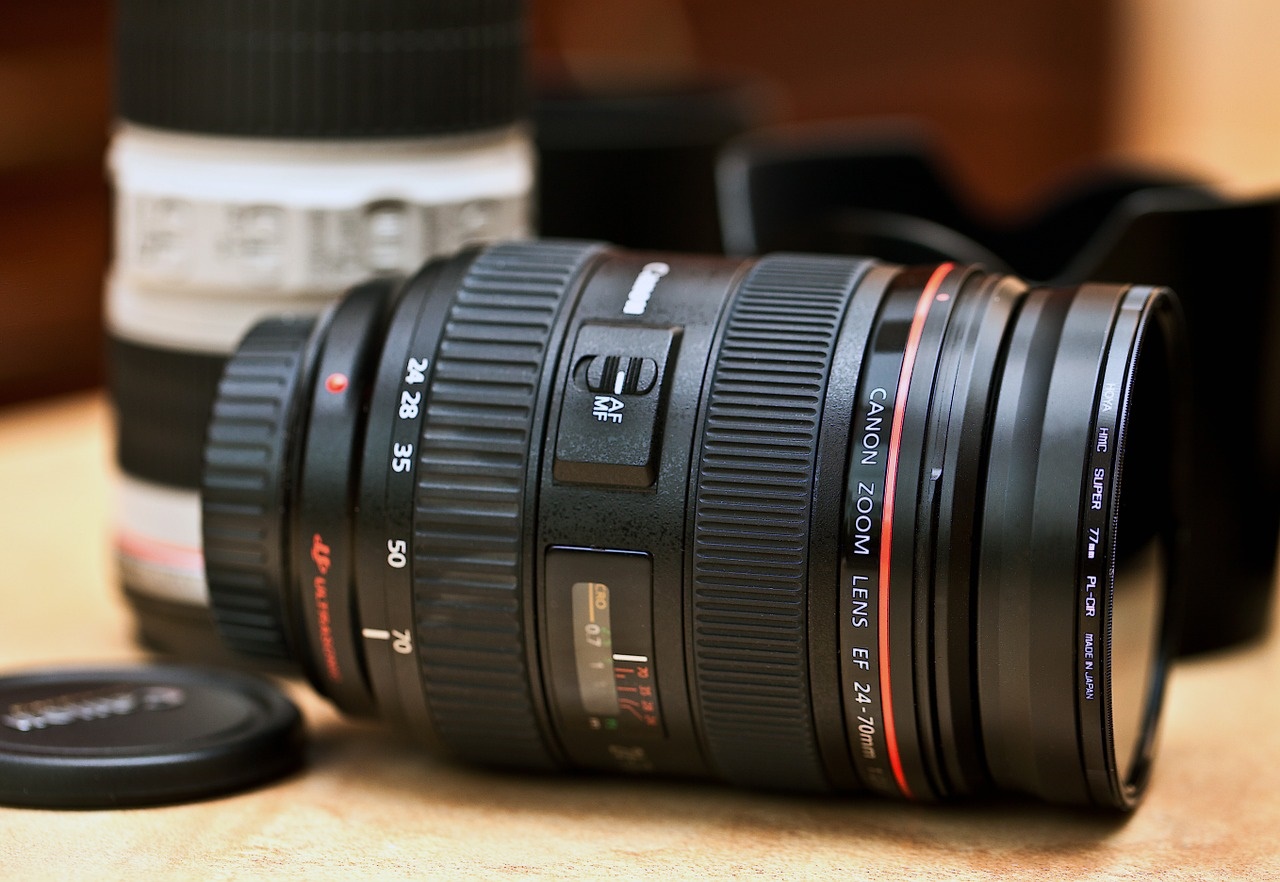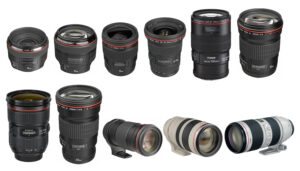
How to buy the camera lens?
Despite purchasing cameras that are primarily designed to take and use different lenses, many photographers simply use the kit lens that their DSLR or interchangeable Canon lens camera came with.
We’re hoping to help with our guide to life after the kit lens because it might be challenging to select the best replacement lens, so it’s not entirely surprising.
Lenses are the most important part of any camera setup and may make or break your pictures. By adjusting the image that is displayed onto your imaging sensor, they decide which images you ultimately take home.
The average person’s perception of lenses is that they are confusing glass tubes with confusing numbers and acronyms written on the side.
This knowledge should help you comprehend which lenses can be used for various tasks and why some can be as expensive as a family car. And how certain bargains could completely change the way you approach photography.
What telephoto Canon lens should I get next?
The short answer to this topic is that if you now just have the kit lens that came with your camera, you should immediately go out and purchase a fast standard prime lens or a telephoto zoom. Think about the photos you take today for a more detailed answer.
The nearly sentence-length collection of letters and numbers on the side of the lens barrel contains a wealth of information about the lens. But it’s generally best to pay close attention to the details that specify the focal length, maximum Aperture, lens mount, and format type.
-
Focal length on telephoto lens
A lower number means the lens can be used for wider shots, whereas a higher number suggests a larger zoom. In mm, focal length is specified. The region that the human eye can see is thought to be equivalent to 30 to 50 mm on a full-frame camera.
The lens is a zoom lens and can be used at any point along that range by zooming if the focal length range contains two numbers, such as 24-80 mm. A prime lens has a single focal length, such as 50 mm; to see more or less of the scene, you will need to get closer to or further away from your subject.
Primes have long been considered to be optically superior to zooms since the construction of zoom lenses requires trade-offs. This does not imply that all zoom lenses are less effective than all prime lenses, though.
Understanding focal length is further complicated by the crop factor, which causes the same focal length lens to create different views on cameras with various sensor sizes. The descriptions in this article pertain to the 35 mm format because many manufacturers offer a lens equivalent for the 35 mm format on lenses designed for cameras with smaller sensors.
You must take into account whether your camera has a smaller sensor, which is probably the case, in order to select the proper lens.
Using a full-frame camera eliminates the need for computations because a lens will deliver the field of view you expect based on its numerical value.
Canon lens with the largest aperture
No of the format—1:2.8—the term maximum aperture always refers to the most light the lens is capable of capturing. Surprisingly, lenses with fewer numbers have lower maximum apertures and can collect more light.
Various telephoto lens types
Normally, lenses are categorized based on their focal length or, if they are specialty lenses, a particular function.
-
Ultra-wide
Ultra-wide angle lenses have a focal length of roughly less than 24 mm and may record a broader image than usual. They serve other purposes besides simply including the complete topic in a photograph.
Extensive lenses with rectilines help maintain only straight lines. Fisheye lenses, however, will accurately depict buildings with curving walls.
Due to the large field of view, photographs shot with ultra-wide angle canon lenses frequently have a deep depth of field. Images often emphasize adjacent subjects while downplaying farther away ones, giving the impression that they are farther apart.
Perspective distortion from ultra-wide lenses can result in falling-building syndrome. With the right method, this can be minimized or corrected during post-processing.
Although ultra-wide angles are frequently considered to be specialized lenses, they have a variety of applications. Common uses for photography include interior and exterior shots. Even the distortion produced by fisheye lenses can be used artistically.
-
Broad angle
Wide Angle lenses are commonly available as prime or zoom lenses with either a variable or fixed maximum aperture, and a focal length between 24 mm and 35 mm. They often feature short minimum focusing distances in addition to having a broad field of view.
The perceived distance between objects in the foreground and background may appear larger in wide-angle telephoto lens. Wide angles emphasize aesthetically pleasing lines and curves. They are, however, less warped than their comparably wide counterparts.


